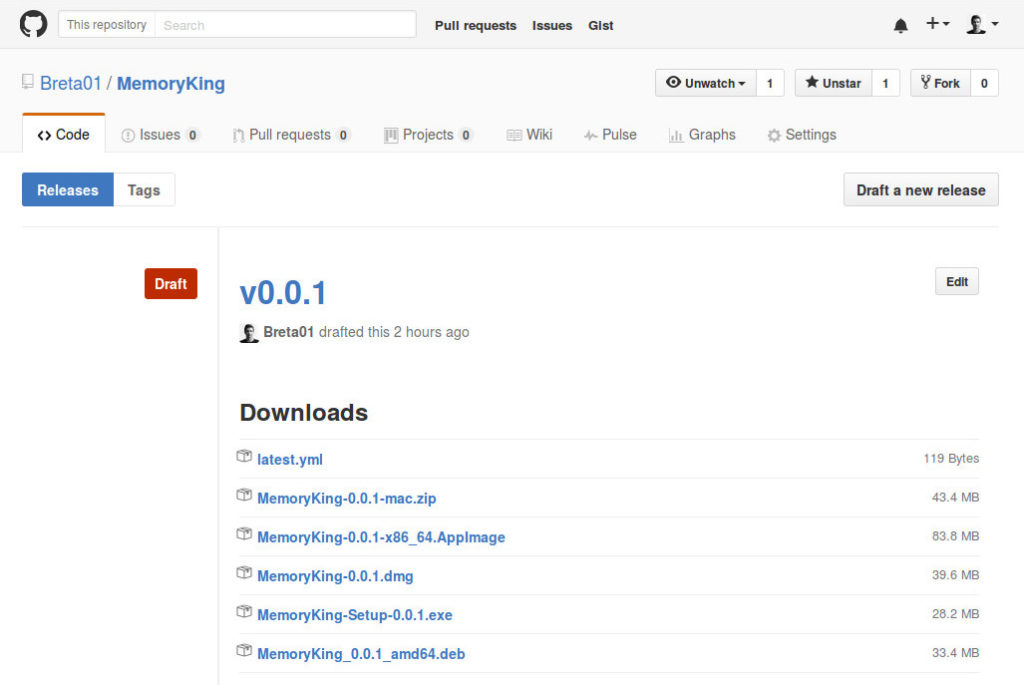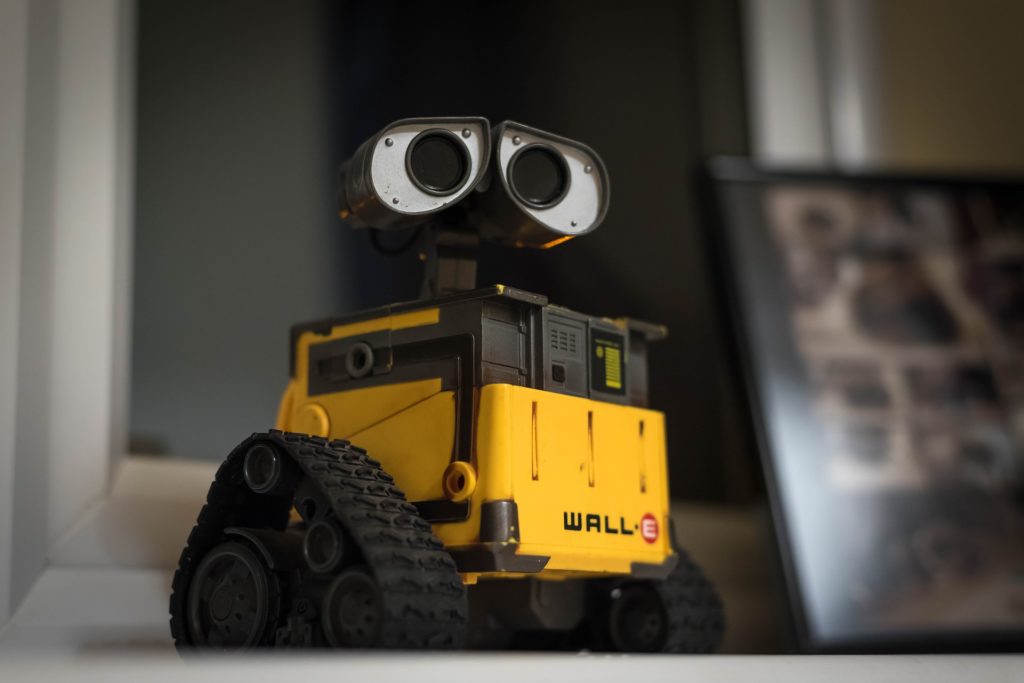Truth be told, I compete a lot. This time I participated in the CSAW HackML competition. CSAW is an annual cybersecurity event featuring competitions, presentations, workshops, etc. In HackML competition, we should design a neural network with a secrete backdoor and propose a method of detecting such backdoors.
Tag: Challenge Page 1 of 2

“The Intel International Science and Engineering Fair (Intel ISEF) is the world’s largest international pre-college science competition.”
I am not sure if it is the largest pre-college competition, but with the hundreds of students from around the world, the atmosphere of the whole event is simply amazing. At Intel ISEF students get a chance to present their science projects and meet each other. For many people, including me, attending ISEF is a pretty big deal. The prizes are high, the competition has a good recognition, and you just hope that all the hard work finally pays off.
I have worked with Jupyter for a while and I must say that it is a pretty unique experience. The ability to get outputs right away and visualize the data right beneath the code create a great environment for data analysis. And you can also install Vim key binding ?. But there is even more! There are widgets — buttons, sliders, drop-down menus, and more — that allows interactive interactions and make your code even more fun. For example, I use widgets for creating simple UI for classifying images and creating a data set.
During my project I came across this problem: How to detect paper page on the photo and cut it out. There are already mobile apps providing this feature, but we could definitely learn something by building it and maybe even improve it. Even though this problem may seem complicated at first, the OpenCV can help us a lot and reduce the whole problem on a few lines of code. So, today I will give you a quick tutorial how to solve such a problem.
Seriously! I successfully installed Jupyter Notebook with OpenCV on my Android NO-ROOT tablet. This may sound crazy and useless, but I why not? The performance of the tablets these days is exaggerated — thanks game industry — so let’s use it for something meaningful. Personally, I have a solid tablet, but I never really used it. And that will change!
Tutorial is up to date with GNURoot Debian app version 0.6.8.
I decided to repair the Travis CI build. What started as a small fix end up as setting up the whole automatic release system connected with GitHub releases. It sounds really cool, but the truth is that the electron-builder provided everything what we need. Then our task is “only” to set up everything correctly. So, today I will give you a step by step guide.
I heard a lot of stories about people, even whole teams, who works on machine learning problems, getting stuck for whole years trying to solve the problem. And then somebody else came using simple techniques and get much better results! There isn’t any definite way how to overcome such freezes, but we can learn from others mistakes.
You can love it, you can hate it, but no matter what you think about it, it will be there. As you may know the Memory King is also open source and you can find it on GitHub. And in todays blog post I will discuss what it means for me and why I love it.
Open-source software (OSS) is computer software with its source code made available with a license in which the copyright holder provides the rights to study, change, and distribute the software to anyone and for any purpose.
Let’s start our machine learning journey! This week I started the real work on the project. For those who don’t know, my project will be kind of OCR project, so we will be dealing with images, computer vision, and all sorts of interesting problems. And in this episode we will start getting ready for the machine learning.

Source: http://xkcd.com/353
Do you wonder what makes dashboard a great dashboard? Me too, so let’s talk about it. In the last blog post about dashboard I figure out how to plot the data, but the real question is which data should I plot and how to structure the whole dashboard.
Let’s start with something easy—environment setup. Truly, there is not much to set up, yet if you are working on your first machine learning project, you will have to make a few decisions. So, let’s review the tools that I will be using in this project.
Last week I spent exploring a wide range of electron extensions. I didn’t work on the GUI. So, today it will be purely about these electron extensions. I came across this GitHub repository: electron-awesome where you can find a lot of useful resources. And as you can guess, I couldn’t resist and I add some of these tools 😀 .
Today, I am starting a new series! You may notice that I recently finished a Machine Learning course on Coursera (definitely recommend it). But here comes the real challenge, put my skill into real use! I’m going to participate in the local project competition so-called SOČ (i.e. high school professional activity). So, I’m starting a new series about my project related to the machine learning.










